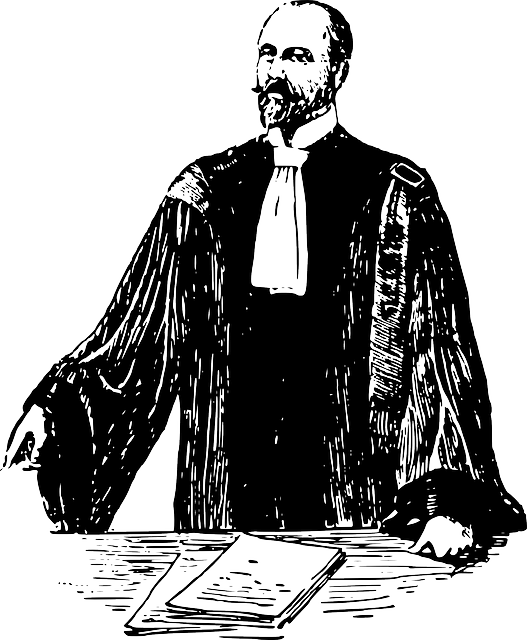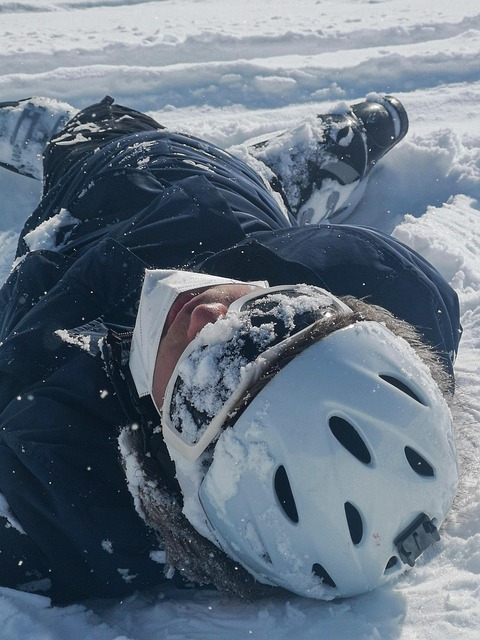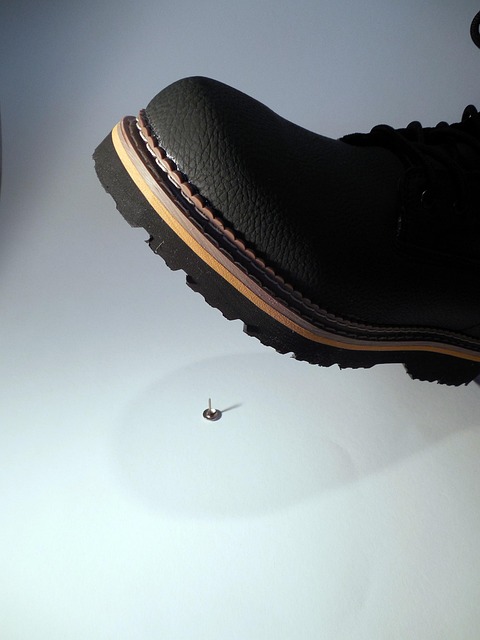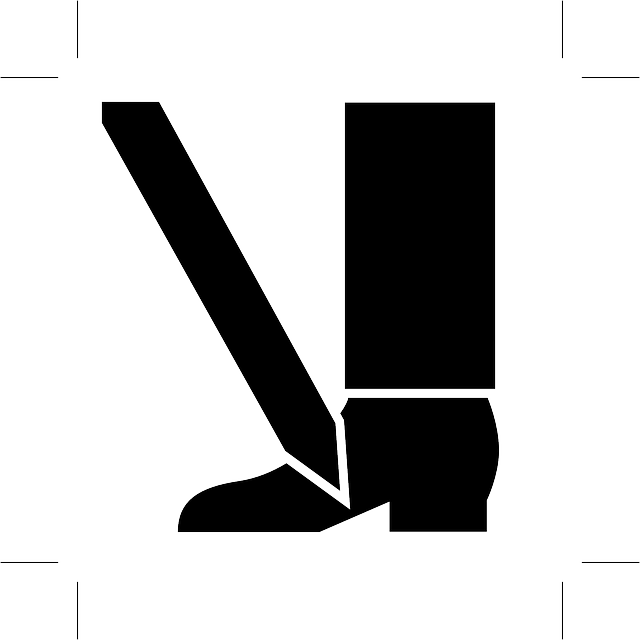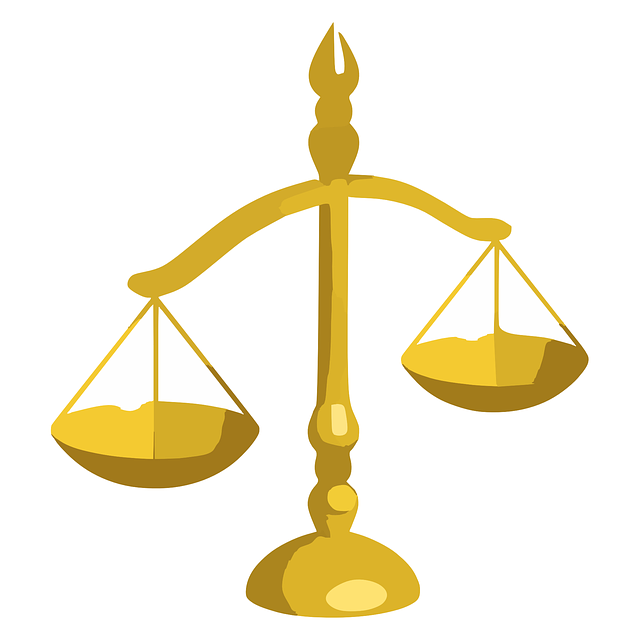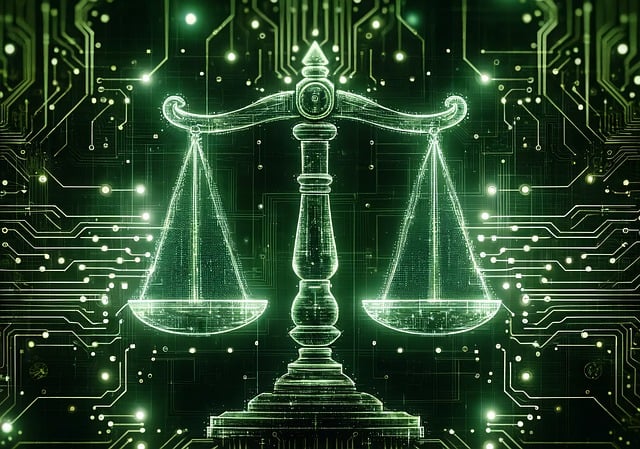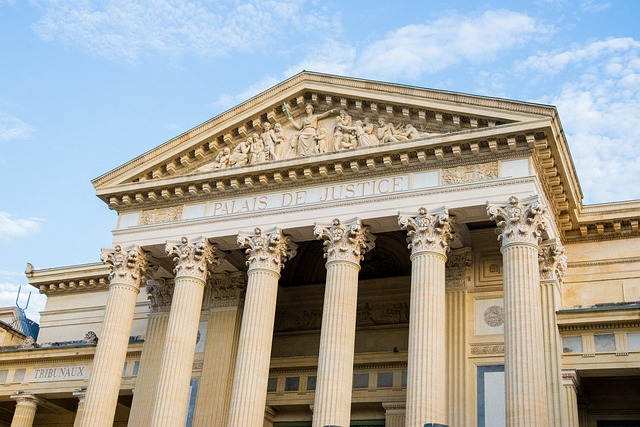Hotel slip and fall incidents require meticulous analysis, focusing on establishing the hotel's duty of care, breach of that duty, and direct causation between negligence and injuries. Key evidence includes photographs, witness statements, safety inspections, and comparisons with similar accidents. Lawyers gather comprehensive documentation, including medical records and expert opinions, to prove fault and secure justice for guests injured due to hazardous conditions in hotels.
In the complex landscape of personal injury law, hotel slip and fall cases demand meticulous attention to detail. This article navigates the strategic legal tactics employed by lawyers to prove fault in such incidents. From understanding the unique dynamics of hotel environments to leveraging specific types of evidence, legal professionals uncover the truth behind these falls. We delve into the critical role of documentation, witness testimonies, and expert opinions, offering insights into how liability is established and justice served in hotel slip and fall cases.
- Understanding Hotel Slip and Fall Incidents: A Legal Perspective
- The Role of Evidence in Establishing Fault
- Strategic Approaches to Proving Liability in Court
Understanding Hotel Slip and Fall Incidents: A Legal Perspective
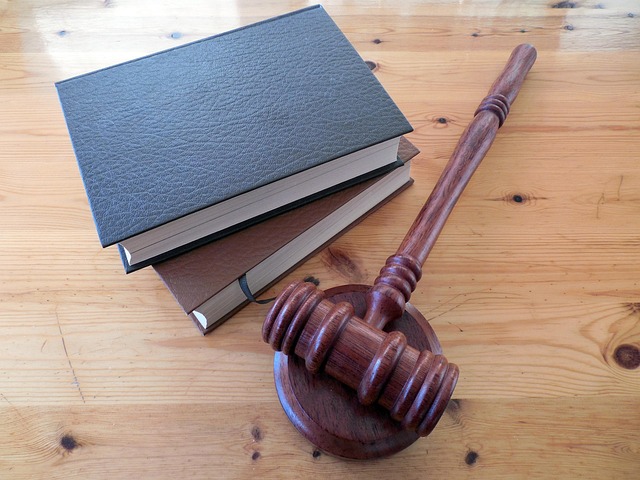
Hotel slip and fall incidents are a common legal concern, often involving complex factors that require careful analysis from a legal perspective. These cases typically arise when guests sustain injuries due to hazardous conditions within a hotel property, such as slippery floors, uneven walkways, or poorly maintained amenities. Proving fault in these scenarios is an intricate process, as it involves establishing the duty of care owed by the hotel, breach of that duty, and direct causation between the negligence and the guest’s injuries.
From a legal standpoint, understanding the circumstances surrounding a hotel slip and fall incident is crucial. This includes examining factors like previous accidents, notice of the hazard (or lack thereof) to the hotel management, and the reasonableness of their response time. In some cases, partnership disagreements or elder abuse may also play a role, adding layers of complexity. Unlike car accident injuries, where fault is often clearer, hotel slip and fall cases demand meticulous investigation and documentation to ensure a just outcome for all parties involved.
The Role of Evidence in Establishing Fault

In a hotel slip and fall case, evidence plays a pivotal role in establishing fault. Lawyers must gather comprehensive documentation to demonstrate that the hotel’s management was negligent in maintaining their premises, leading to the incident. This includes photographs of the accident scene, witness statements, and any relevant safety inspections or maintenance records that may have been conducted prior to the event. By presenting concrete evidence, legal professionals can effectively portray a clear picture of how and why the slip and fall occurred, holding the hotel accountable for their liability.
Beyond the immediate circumstances of a slip and fall incident, lawyers often explore broader contexts to strengthen their case. For instance, they might draw parallels with similar car accident injuries or investigate other employment disputes where the same hotel chain has faced comparable allegations of negligence. Even in cases involving caregiver negligence, the legal team could leverage evidence from previous incidents to establish a pattern of unsafe practices. Such strategic comparisons reinforce the argument for fault and can significantly impact the outcome of the case.
Strategic Approaches to Proving Liability in Court
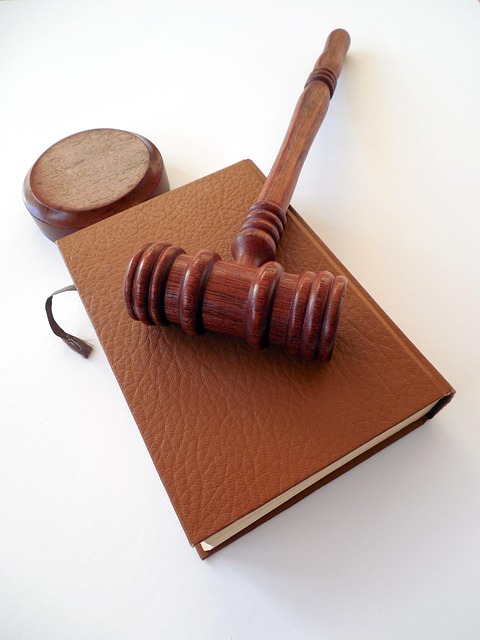
In a hotel slip and fall case, proving fault is a strategic dance that requires careful navigation through complex legal landscapes. The first step for any personal injury lawyer representing a client in such cases is to gather comprehensive evidence. This involves documenting the exact circumstances of the incident, including taking photos of the hazardous condition that led to the fall—be it a slick floor or uneven pavement. Moreover, medical records play a crucial role in establishing the extent of injuries sustained, providing a clear picture for the court to understand the impact of the accident on the plaintiff’s well-being.
Beyond physical evidence, a skilled elder law attorney might also delve into witness testimonies and expert opinions to strengthen their case. For instance, an experienced car accident injuries lawyer could enlist the help of professionals who can analyze the scene and provide insights into industry standards for safety maintenance, thereby establishing liability if hotel staff were negligent in adhering to these guidelines. This multi-faceted approach ensures a robust argument that can sway the court in favor of the plaintiff, ultimately securing justice in hotel slip and fall cases.
Hotel slip and fall incidents can have significant legal implications, and proving fault is a complex process. By understanding the role of evidence, such as witness testimonies, medical records, and environmental inspections, lawyers can effectively navigate these cases. Strategic approaches, including detailed documentation and expert opinions, play a crucial role in establishing liability and ensuring justice for victims. In terms of hotel slip and fall cases, a thorough legal strategy is key to achieving favorable outcomes.
